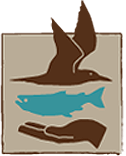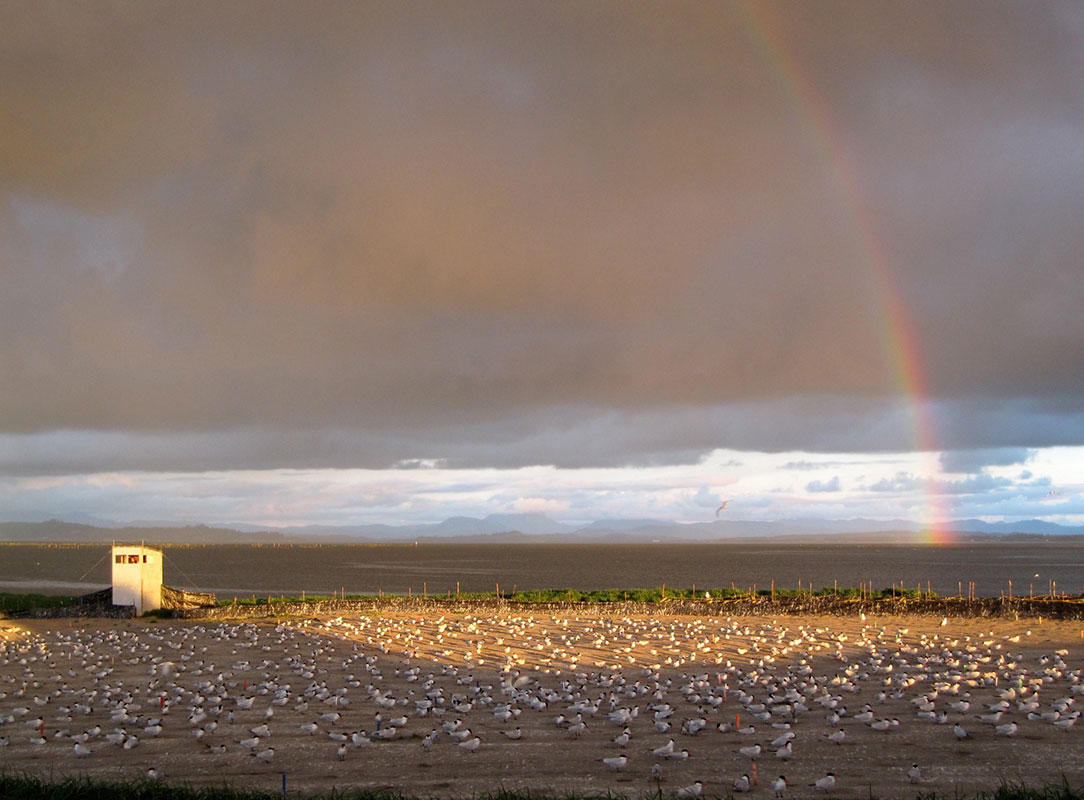 To radio tag a tern
To radio tag a tern
I was told afterwards that I didn’t talk to anyone all day during both capture sessions. When I thought back to it I realized that was true. Don had attached the first transmitter to demonstrate, and I attached the 41 that came after. It felt like working on an assembly line, except that I personally had a lot riding on the finished product. I don’t think I even looked at the faces of the people who were holding my lucky birds. All I saw all day were my hands as they attempted precision through a thickening glaze of super glue. The first step was to apply a thin coat of glue to the transmitter. Super glue does not become very super until it dries, before then it is just plain messy. Once the glue was under control the transmitter had to be held in place at about a finger’s width from the bird’s body along the underside of the tail. A reach with my left hand into the bag of zip ties, and a squeeze of the transmitter and tail with my right to be sure the glue had set. The hardest part was tightening the zip ties. A transmitter will not suck its belly in so you can get the belt just a little bit tighter. Instead, a bright orange triggered tie grabber that looks suspiciously like a child’s squirt gun is employed. When everything is snug, one last liberal dose of super glue seals the deal. After a final quality check the bird is free to go. I felt relieved when it was all over, but also nervous. Were all of my middle school arts and crafts projects enough preparation, or had I bungled the job completely? My nerves are finally settling one week later. All of my birds have been accounted for and seem to be doing well. The real fun begins on Monday when we take off on our first aerial telemetry survey. I can’t wait to see where these birds go!
- Lindsay Adrean, OSU Graduate Student



